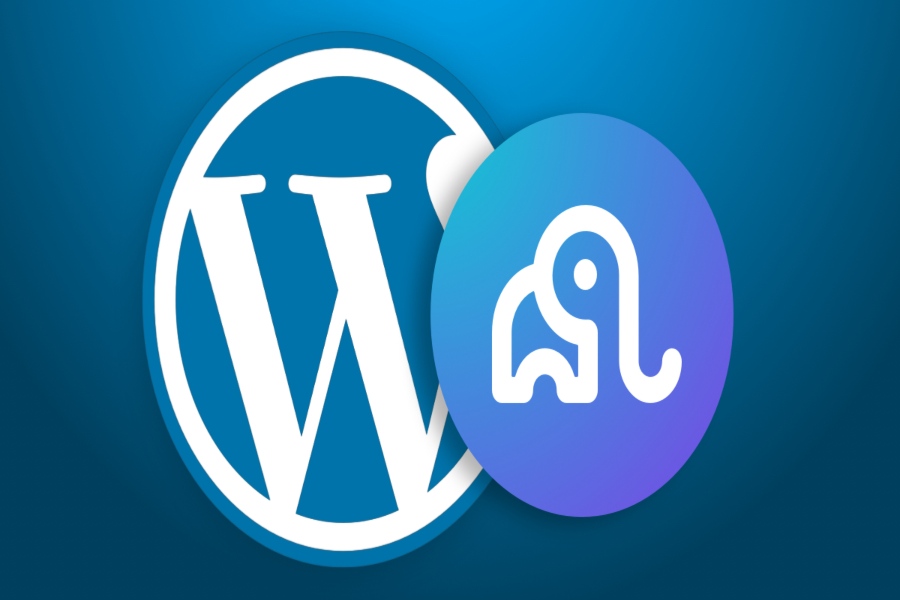In a major development for WordPress, WPGraphQL, a plugin enabling a GraphQL API for WordPress, is set to become a canonical plugin under Automattic’s wing. WPGraphQL creator Jason Bahl, who has now joined Automattic, will continue enhancing this tool as it transitions to community-led development with Automattic’s support.
WPGraphQL’s Role in Headless WordPress
Introduced in 2016, WPGraphQL has steadily gained popularity among developers, offering a robust GraphQL API for WordPress that enables highly flexible, query-based site building—ideal for headless WordPress setups. As WordPress adoption grows, WPGraphQL’s contribution allows developers to leverage WordPress with modern frameworks for seamless, API-driven web experiences.
In making WPGraphQL a canonical plugin, WordPress aims to improve the plugin’s accessibility, reliability, and community engagement—core tenets of open-source projects. Canonical plugins provide stable and trusted features that enhance WordPress, ensuring continued community support.
Jason Bahl’s Journey to Automattic
Jason Bahl has been instrumental in WPGraphQL’s journey. After spending three years at WP Engine, Bahl joined Automattic with a commitment to open-source development. During his tenure at WP Engine, Bahl pushed over 100 updates for WPGraphQL, integrated it with Advanced Custom Fields (ACF), and introduced the WPGraphQL Smart Cache. However, Bahl shared that WP Engine’s recent pivot away from open-source focus motivated him to seek a new environment supportive of FOSS (Free and Open Source Software).
“While WP Engine treated me well, I felt the organization’s shift in focus was impacting the community-centric mission of WPGraphQL,” Bahl noted. “Automattic’s open-source dedication and community engagement make it the right place to continue WPGraphQL’s development.”
The Transition to Canonical Plugin
As WPGraphQL becomes a canonical plugin, it joins other major open-source projects that have shaped WordPress, such as Gutenberg, WP-CLI, and the WP REST API. This status offers WPGraphQL increased visibility, streamlined support, and a community-driven approach to feature development. Bahl believes that transitioning WPGraphQL in this way will significantly advance headless WordPress development.
“Automattic’s stewardship of open-source projects is well known,” Bahl said. “This shift will ensure WPGraphQL stays free and open-source while allowing it to grow through community collaboration. We’re poised for big strides in decoupled WordPress and modern web development.”
Community Reactions and Open-Source Future
WPGraphQL’s move to Automattic has sparked optimism among developers. Many in the community are hopeful that Automattic’s influence will enhance the plugin’s scope, helping create stronger headless WordPress experiences. The project’s community-first focus reassures users that WPGraphQL will stay free and openly accessible.
Bahl also clarified his stance on recent community discussions involving Automattic founder Matt Mullenweg’s decisions. Although Bahl disagrees with some recent actions, he emphasized that these differences don’t undermine his belief in Automattic’s broader open-source mission.
“I’ve had candid conversations with Matt and appreciate his willingness to discuss diverse viewpoints,” Bahl stated. “While I may not agree with every decision, I trust in Automattic’s long-standing commitment to open-source progress.”
As WPGraphQL transitions to a canonical plugin, developers and site owners alike stand to benefit from expanded support, powerful features, and seamless community collaboration. By aligning with Automattic, WPGraphQL’s future looks promising, set to bring continued growth and innovation to the WordPress ecosystem.


